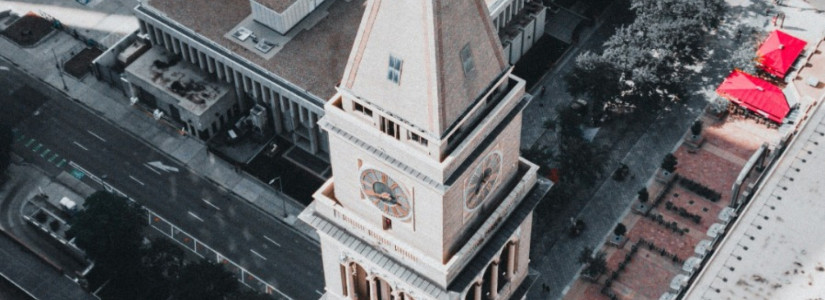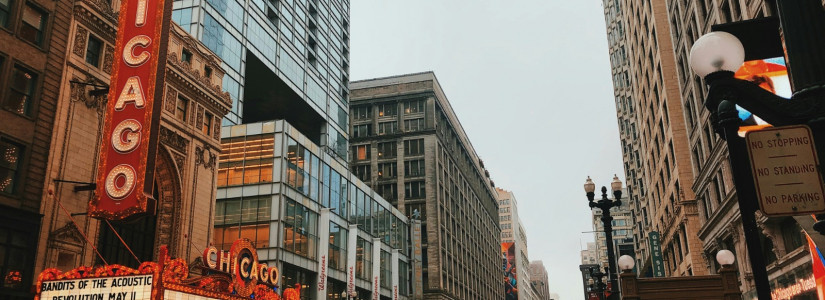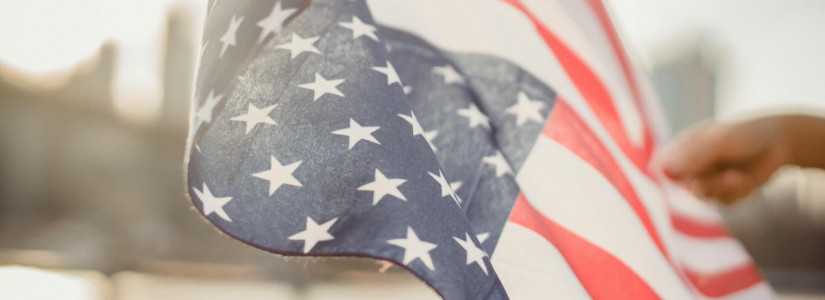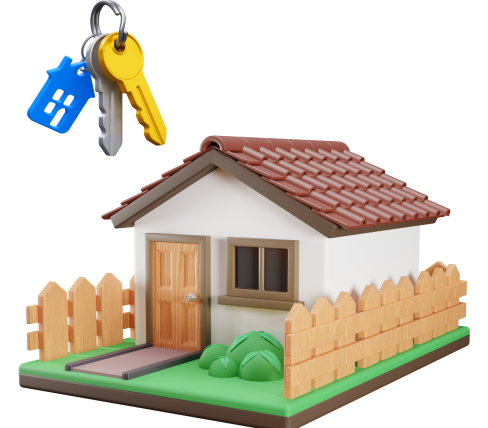Students Weigh Choices as Colleges Reopen
The vast majority of America's universities closed down entirely in the middle of March, three months ago now, leaving tens of thousands of students who stayed on-campus without anywhere to live. For most of these students, they traveled back home, tail between their legs, and moved back in with their parents. For others, they decided to hook up with their friends and to pool their money for small, cheap apartments near the universities. Though after around a month or so, most students were adjusted to their new way of life, even realizing that they would eventually have to go back. The day has now come in many states, where colleges and universities are starting the process of reopening, and many kids are confused.
How are students handling this? It's a fairly mixed bag, but the general consensus seems to be that young adults are anxious to get back to school so they can be around their peers. After all, most have been around their parents, and they're looking forward to being around people their own age. Though it does raise quite a few concerns. While schools are planning to reopen, most are taking it slow so that they can institute some guidelines to help keep the virus from spreading.
For instance, no one really knows for sure when sports will again start. Almost every sport at the university level, even if it's not a full-contact sport, still deals in a lot of contact with sweaty people, which can easily spread the virus. While wrestling and football are huge concerns, as full
-contact sports, other sports like basketball and volleyball also pose similar risks. Then there's the question of dormitories. Are schools going to want to space students out by only allowing a certain number of students in before declaring maximum capacity? Different schools will likely handle things differently, but most will be emphasizing social distancing.
One also has to take into account the specific state laws. For instance, if it's a university in New York, the state will likely force all students to wear a mask, and perhaps even gloves. Though some other states that have remained laxer, like Wyoming, will likely not concern themselves too much with measures including masks and gloves. To that end, locations of universities within the same states might also have different policies. For packed urban universities, expect stricter conditions than will be found at less crowded rural colleges and community colleges. It really all depends on where these colleges and universities are located.
The bigger issues all universities are facing in America is whether or not the students are going to be okay when they return.
A Generation in Crisis
It's not a comfortable fact to state, though it has to be said that today's college students are a bit different than they were a few decades ago, or even a few years ago. Today's student demand safe spaces and language that does not come across as threatening to them. Many students group together with the intent of forcibly ousting their political rivals, creating environments on campus that are explicitly anti free speech, and the students seem very proud of creating such an environment, believing that it's a calmer environment that's more conducive to learning. Whether or not this is the case, the fact is that the novel coronavirus is far from just a mean word uttered in someone's general vicinity, or an opposing political view of another student. It's a very dangerous virus that has serious symptoms and can easily result in death.
Because most college students are younger and healthier, they haven't been hit nearly as hard by the outbreak. Even the few students who have gotten the virus have generally only displayed mild to moderate symptoms. However, with media continually pushing the panic button on the virus every single day, and college students being a huge demographic watching mainstream media, many kids are now scared out of their wits and may not return at all.
The truth is that no one knows what's going to happen when schools finally reopen. In the best-case scenario, students will slowly start moving back in and things will return to business as usually in only a few short weeks. In a worst-case, a few students get sick after going back, the virus starts to spread, and panic ensues. Only time will tell.









